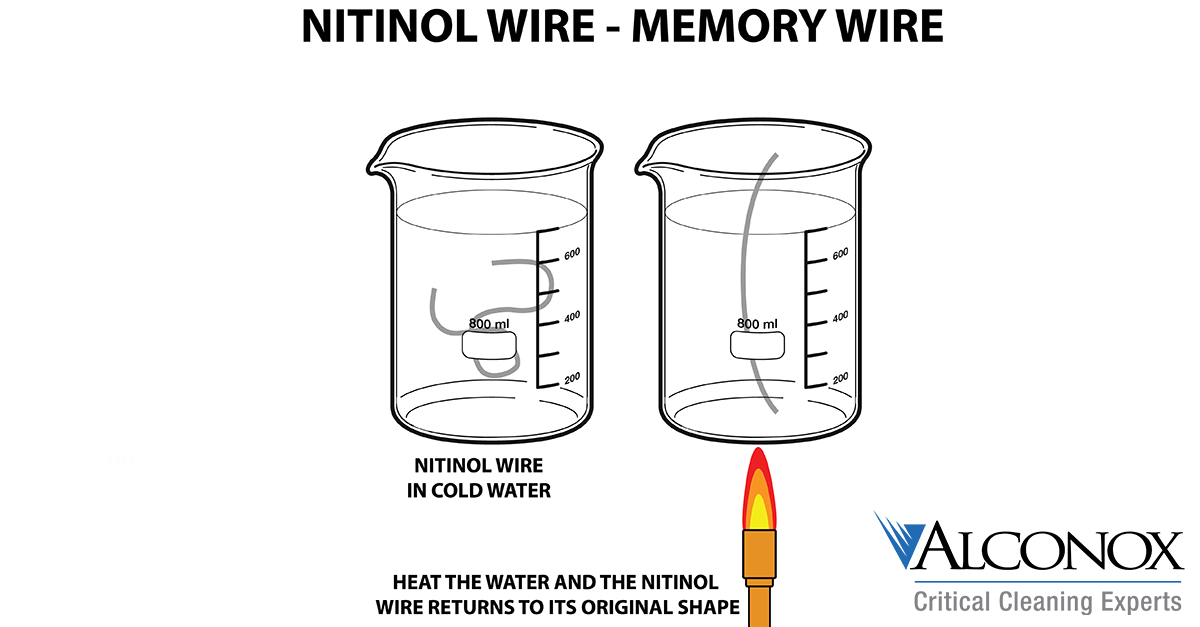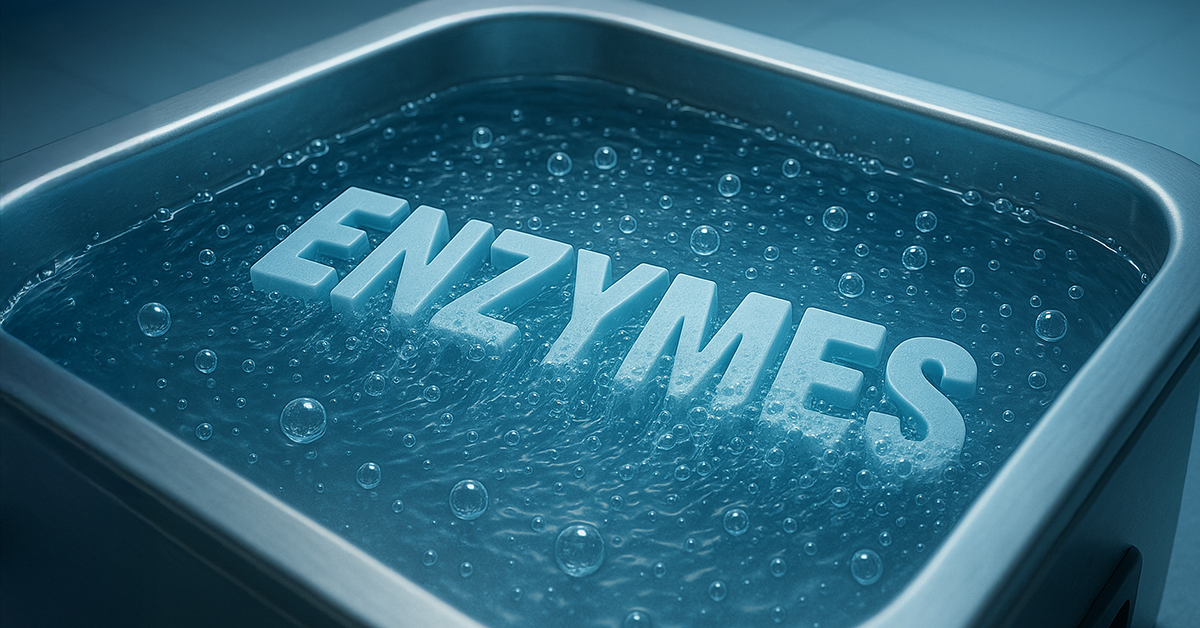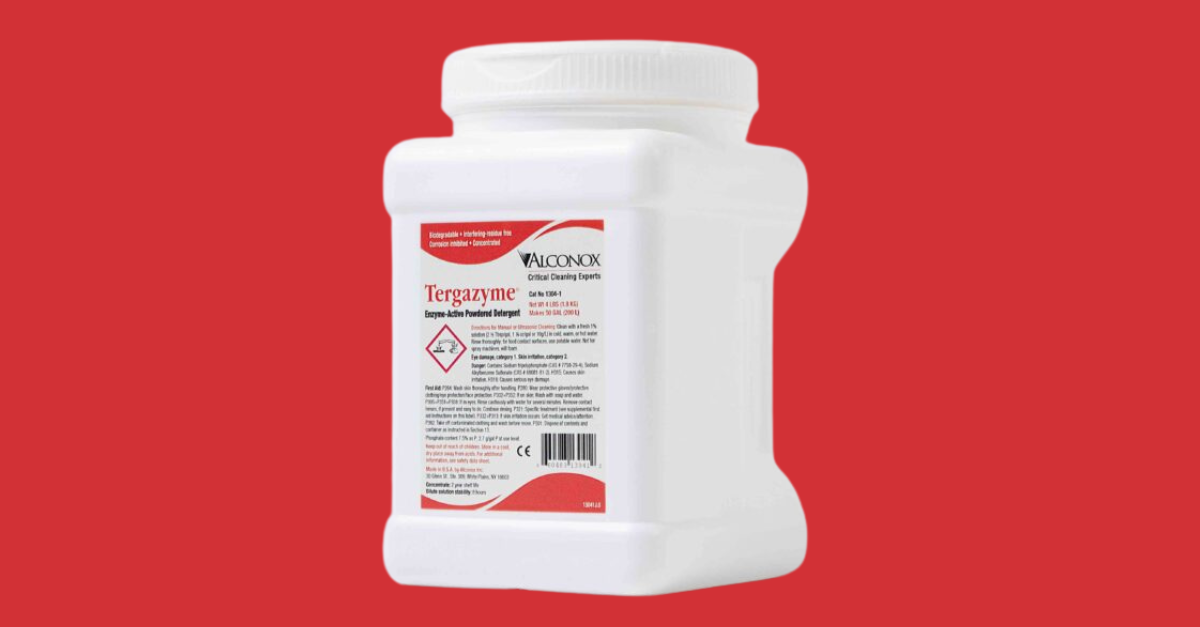
Q: What would be the best way to clean narrow internal diameter nitinol tubing?
A: To clean your Nitinol substrate to remove process oils, oxides and oxide particulates we recommend using a warm or hot ultrasonic tank filled with 1-2% Detonox® Ultimate Precision Cleaner. Detonox contains surfactants to emulsify oils along with chelating agents and dispersants to remove oxides. Rinse thoroughly with purified water. For a phosphate free option, Liquinox® Critical Cleaning Liquid Detergent should be considered. Some phases of nitinol can require different attention.
To successfully clean the insides of narrow ID tubes, it is best to have the tubes pointing down towards the bottom of the ultrasonic tank. Let the tubes enter the tank straight up and down so that bubbles are released from inside the tubes. Remove the tubes straight up and allow them to drip out so that a minimum of dirty wash water is carried over in to the rinse tank. Follow the same procedure for rinsing. For narrow ID tubes, it is possible you will need an extra 3rd rinse rather than the usual 2 rinses.
Low foaming detergents may also be required for narrow IDs, such as Citrajet® Low-Foam Liquid Acid Cleaner/Rinse. The recommended concentration for 1-2% is for normal warm to hot cleaning. However, for small IDs and minimal residue, you can use lower concentrations like 0.5-0.75%. It is important to ensure mass transfer of the detergent solution through the channels and tubing. In addition to the above orientation recommendations, vacuum cyclic nucleation (VCN) options can also be considered for narrow ID critical cleaning.



